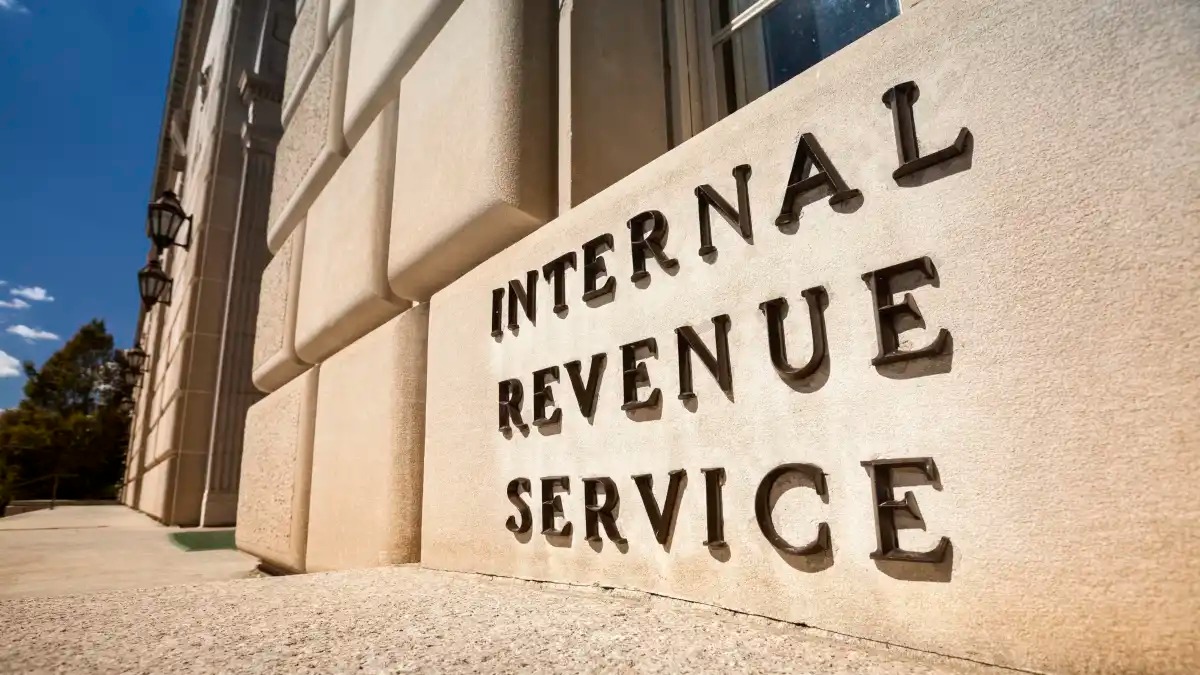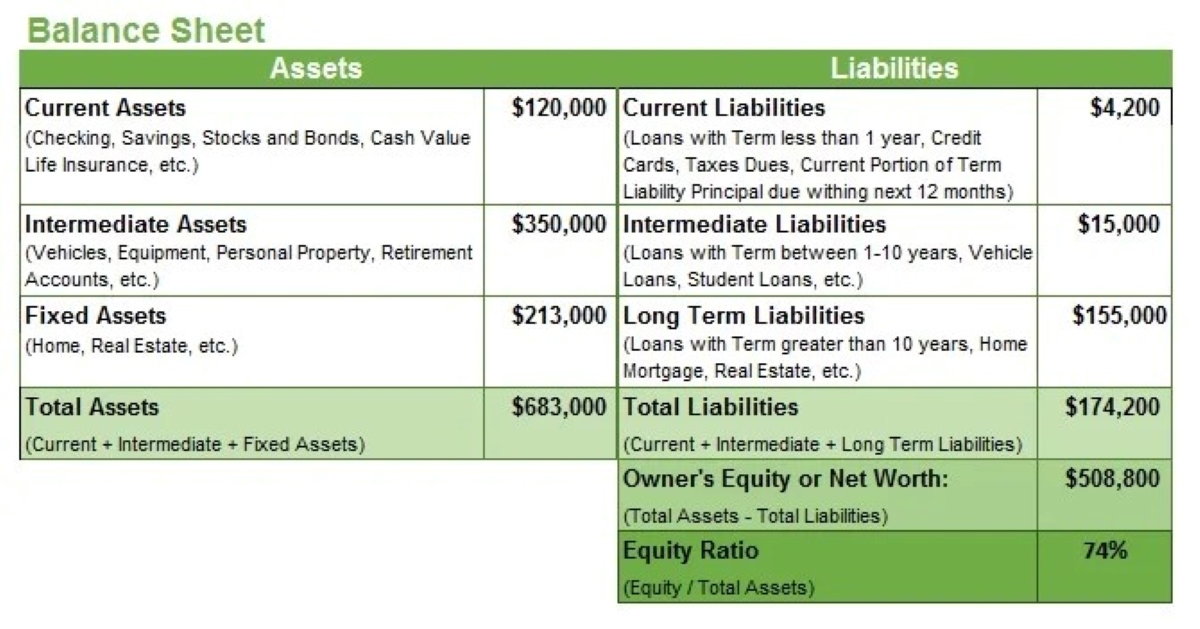Home>Finance>What Are The Four Main Determinants Of Investment?


Finance
What Are The Four Main Determinants Of Investment?
Published: October 18, 2023
Understanding the four key determinants of investment in finance: interest rates, economic conditions, market sentiment, and government policies.
(Many of the links in this article redirect to a specific reviewed product. Your purchase of these products through affiliate links helps to generate commission for LiveWell, at no extra cost. Learn more)
Table of Contents
Introduction
Investment plays a crucial role in the economy and the financial markets. It involves allocating resources in various assets, such as stocks, bonds, real estate, and businesses, with the expectation of generating returns over time. However, the decision to invest is not taken lightly. There are several factors that impact investment decisions, often referred to as determinants.
In this article, we will explore the four main determinants of investment. Understanding these determinants is essential for both individual investors and policymakers, as they provide valuable insights into the drivers of investment activity.
It’s important to note that these determinants are interconnected and influenced by broader economic conditions. Changes in any of these factors can have a significant impact on investment decisions, leading to changes in the overall level of investment in an economy.
Now, let’s dive into the four main determinants of investment and explore how they influence investment decisions.
Determinant 1: Interest Rates
Interest rates have a profound impact on investment decisions. When interest rates are low, it becomes cheaper for businesses and individuals to borrow money, which can stimulate investment activity. Low-interest rates incentivize businesses to expand their operations, invest in new projects, and hire more employees.
On the other hand, when interest rates are high, borrowing costs increase, making it more expensive for businesses to finance their investments. This can lead to a decrease in investment activity, as businesses become more cautious and conservative with their spending.
Interest rates also play a role in determining the expected returns on investments. When interest rates are low, the returns on low-risk investments, such as government bonds, tend to be lower. As a result, investors may seek higher returns by investing in riskier assets, such as stocks or real estate. This can lead to increased investment in these sectors.
Conversely, when interest rates are high, the expected returns on low-risk investments become relatively more attractive. Investors may shift their funds towards these safer investments, reducing the demand for riskier assets and potentially impacting investment in those sectors.
Overall, interest rates have a significant influence on investment decisions, as they impact borrowing costs and expected returns. Understanding the relationship between interest rates and investment can help investors and policymakers make informed decisions.
Determinant 2: Economic Outlook
The economic outlook, or the expected future state of the economy, is another crucial determinant of investment decisions. It encompasses factors such as Gross Domestic Product (GDP) growth, unemployment rates, inflation, consumer spending, and business sentiment.
When the economic outlook is positive, with strong GDP growth, low unemployment rates, and rising consumer spending, businesses are more likely to invest. A favorable economic environment signals potential demand for goods and services, creating opportunities for businesses to expand and generate profits.
In contrast, when the economic outlook is uncertain or negative, businesses may delay or reduce their investment plans. High unemployment rates, sluggish GDP growth, or declining consumer spending can create an environment of low confidence and caution among businesses. They may opt to hold back investments until the economic conditions improve.
Furthermore, economic policies, both monetary and fiscal, can influence the economic outlook and, in turn, investment decisions. For example, expansionary monetary policies, such as lowering interest rates or implementing quantitative easing, can stimulate economic growth and encourage investment. Similarly, fiscal policies aimed at increasing government spending or providing tax incentives can also boost investment activity.
It is important for investors and policymakers to monitor and analyze the economic indicators and trends to anticipate shifts in the economic outlook. By staying informed, investors can align their investment strategies with the prevailing economic conditions, while policymakers can implement targeted measures to address economic challenges and stimulate investment.
Determinant 3: Business Confidence
Business confidence plays a vital role in investment decisions. When businesses feel optimistic about the future prospects of the economy and their own enterprises, they are more likely to invest in new projects, expand their operations, and hire additional staff.
Confidence is influenced by factors such as government policies, market conditions, industry outlook, and global economic stability. When businesses have a positive outlook, they are more willing to take risks, make long-term investments, and innovate.
On the other hand, when business confidence is low, companies tend to adopt a more cautious approach, reducing their investment plans. Uncertainty about economic conditions, political instability, or unfavorable regulatory environment can undermine confidence and deter businesses from taking on potential risks.
Business confidence is closely tied to consumer confidence as well. When consumers feel confident about their financial situation and the overall state of the economy, they tend to spend more, driving demand for goods and services. This, in turn, boosts business confidence and creates a favorable environment for investment.
To enhance business confidence, policymakers can focus on creating a stable economic environment, implementing supportive policies, and maintaining open lines of communication with businesses. By instilling confidence, both at a macroeconomic level and within individual businesses, investment activity can be stimulated and economic growth can be fostered.
Determinant 4: Government Policies
Government policies play a crucial role in shaping investment decisions. The regulatory framework and policies implemented by the government can either encourage or discourage investment in various sectors of the economy.
Government policies can include tax incentives, subsidies, trade agreements, infrastructure investment, and labor laws, among others. These policies can directly impact the cost of doing business and the overall profitability of investments.
For instance, tax incentives, such as tax credits for research and development or investment in specific industries, can encourage businesses to invest more in those areas. Similarly, subsidies provided to promote green energy or innovation can incentivize investment in these sectors.
Trade agreements that reduce barriers to international trade can also have a significant impact on investment decisions. When businesses have access to larger markets, they may be more willing to invest in expanding production or entering new markets.
Furthermore, government policies related to infrastructure investment can influence investment decisions. Well-developed infrastructure, including transportation networks, power supply, and communication systems, can lower the costs of doing business and improve efficiency, making investments more attractive.
Labor laws and regulations can also affect investment decisions. Business-friendly labor policies that provide flexibility for employers and protect the rights of workers can create a favorable environment for investment. Conversely, stringent labor regulations that limit flexibility or impose excessive costs on businesses can deter investments.
It is important for investors and businesses to stay informed about government policies and anticipate potential changes that may impact their investment decisions. Likewise, policymakers must be aware of the influence their policies can have on investment activity and strive to create an environment that fosters investment and economic growth.
Conclusion
Investment decisions are influenced by various factors, known as determinants. In this article, we explored the four main determinants of investment: interest rates, economic outlook, business confidence, and government policies.
Interest rates have a significant impact on borrowing costs and expected returns, affecting the attractiveness of investments. Low-interest rates stimulate investment activity, while high-interest rates can lead to a decrease in investment.
The economic outlook, including factors such as GDP growth, unemployment rates, and consumer spending, plays a key role in investment decisions. A positive economic outlook encourages businesses to invest, while an uncertain or negative outlook can create caution and reduce investment activity.
Business confidence is another determinant that influences investment decisions. When businesses feel confident about the future, they are more likely to invest in new projects and expand operations. Conversely, low business confidence can hinder investment plans.
Government policies, including tax incentives, subsidies, trade agreements, and labor laws, also shape investment decisions. Favorable policies can encourage investment in specific sectors, while unfavorable policies can deter investment.
Understanding these determinants is essential for both individual investors and policymakers. Investors can align their investment strategies with prevailing conditions, while policymakers can implement targeted measures to stimulate investment and foster economic growth.
Ultimately, by considering these determinants and their interplay, investors and policymakers can make informed decisions that contribute to a flourishing investment environment, economic growth, and prosperity.














